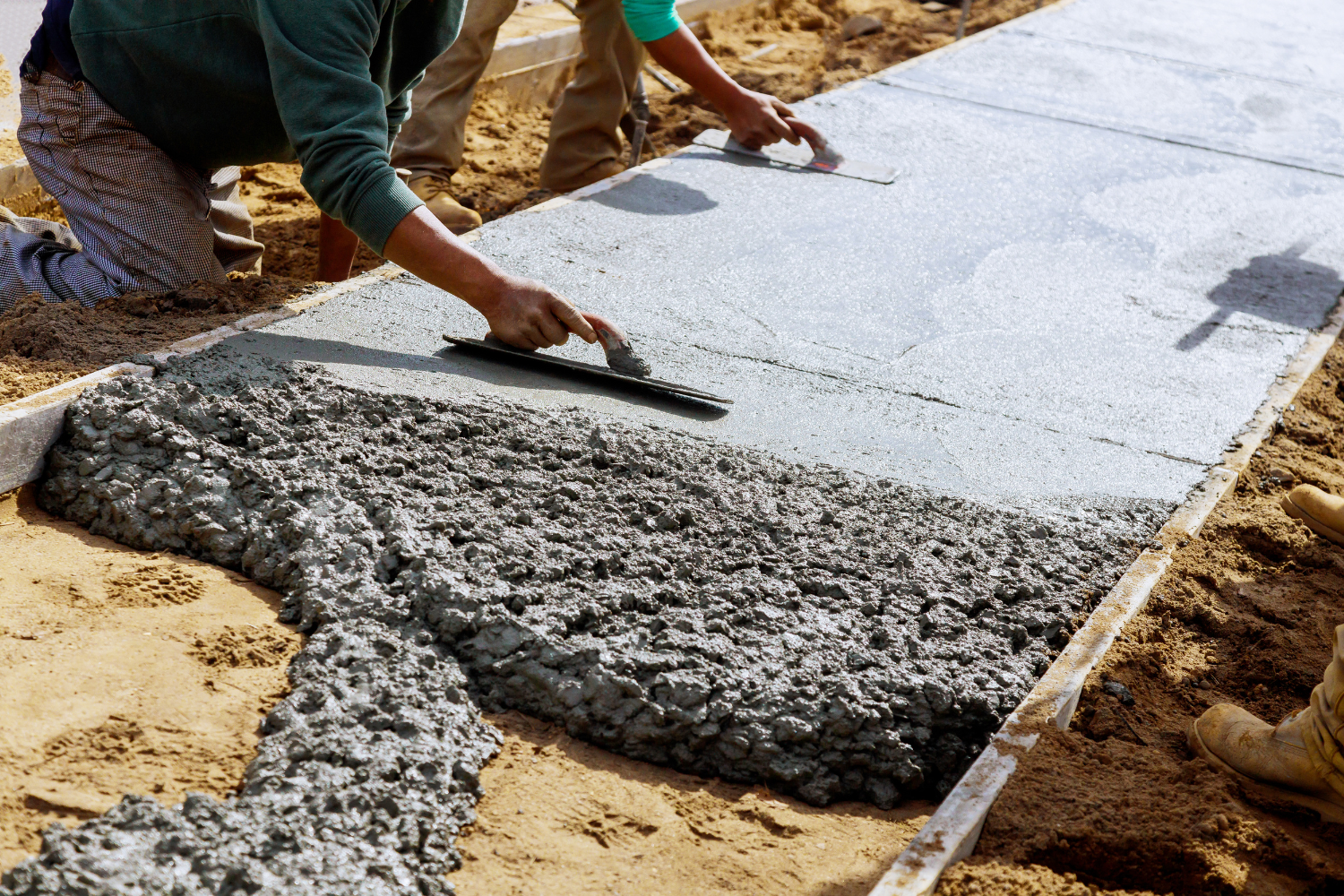As the construction industry shifts towards more eco-conscious practices, finding materials that are both sustainable and efficient is crucial. At SustainaCrete, we’ve pioneered a unique solution that replaces traditional aggregates with waste plastic to create SustainaCrete—a game-changer in the concrete world. But why should builders, developers, and architects consider switching to SustainaCrete?
1. Environmental Impact
By integrating recycled plastic into our concrete mix, we reduce the need for quarried aggregates, minimizing the environmental degradation caused by mining. Additionally, this process diverts plastic waste from landfills, helping to address the global plastic waste crisis. With SustainaCrete, every project becomes a part of the solution to plastic pollution.
2. Improved Performance
SustainaCrete offers more than just environmental benefits—it delivers superior performance compared to traditional concrete. Thanks to its lighter weight and enhanced thermal performance, it’s easier to handle and contributes to energy-efficient buildings. The added plastic also improves flexibility, reducing the risk of shrinkage cracking.
3. Cost-Effective and Easy to Use
Builders familiar with traditional concrete won’t have to adjust their practices when using SustainaCrete. Our product is designed to be as user-friendly as conventional materials, while often proving more cost-effective due to its reduced weight and improved performance characteristics.
4. Sustainability Certifications
Sustainacrete products are fully certified with credible sustainability labels, making it easier for builders to meet regulatory requirements and gain environmental certifications for their projects. With green building trends on the rise, using certified sustainable materials can add value to any construction project.
5. Future-Proofing Construction
As consumer and regulatory demands for sustainable building practices grow, the use of materials like SustainaCrete will become increasingly essential. By adopting eco-friendly alternatives now, builders and developers can future-proof their projects, ensuring they meet evolving environmental standards.

